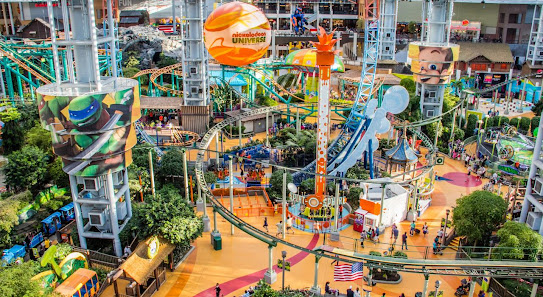One mans JUNK is another mans TREASURE
Koolhaas
characterized junkspace as universally inefficient, divorced from history,
wasteful, and lacking significance—a trait prevalent in contemporary
constructions.
While I agree with Koolhaas on several fronts I also want to argue that these spaces can serve purposes,.... and I man VERY specific purposes. I do believe that there is more to these spaces than meets the eye, notably evident in shopping malls, trade fairs, hotel lobbies, and theme parks. Despite often dying to excessive branding and uninspiring amenities, these vast, structure-driven spaces offer flexibility for modern needs like temporary shelter, convenience, and entertainment. I find myself drawn to the notion that these spaces, particularly evident in malls, play a crucial role in supporting the youth, who utilize them as essential hangout spots due to their adaptability. Notably, Koolhaas's aversion to theme parks contradicts his own work, "Delirious New York," praising Coney Island's innovative architecture and human enjoyment, shaping Manhattan's future.


I also find Koolhaas' aversion to Junkspace interesting in the way he critiques it. He argues that Junkspace is something that is not useful, but then goes and creates architecture only for the upper class, useless to most of the people around it. Everyone can use Junkspace because its cheaper design and flexibility makes it more comfortable for everyone to interact with, arguably making it more useful than what he designs.
ReplyDelete